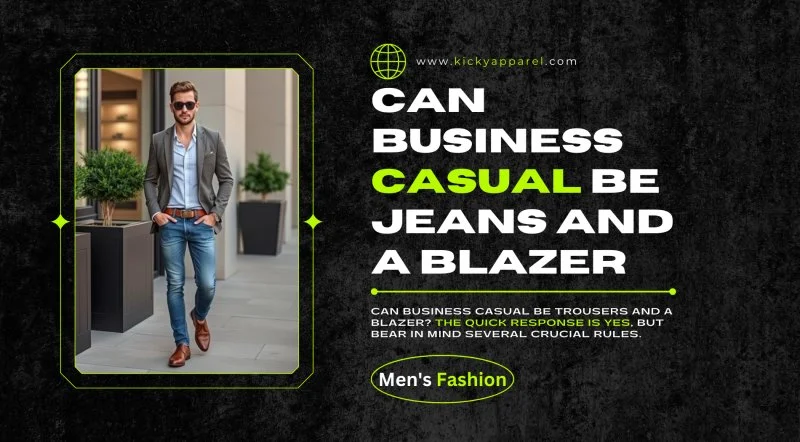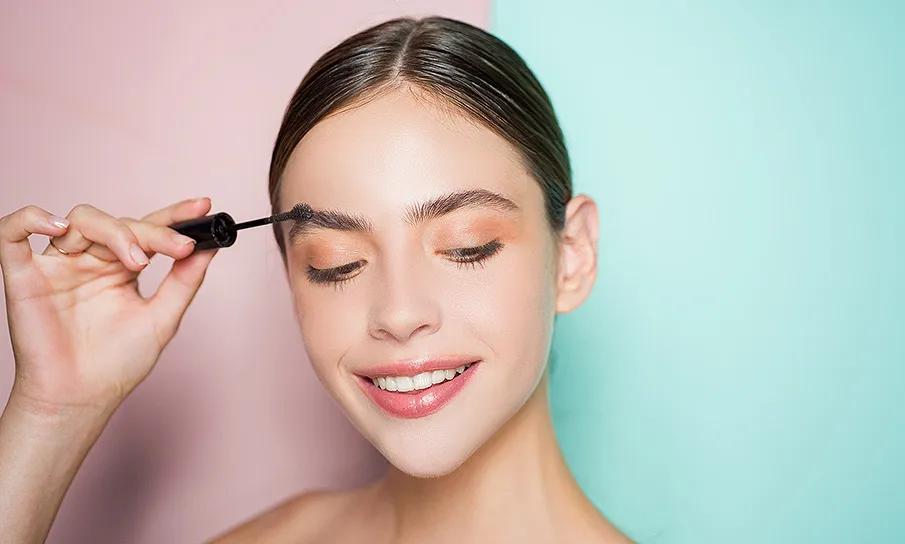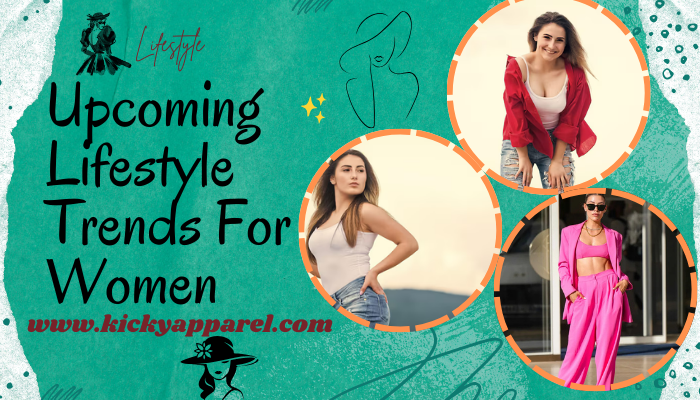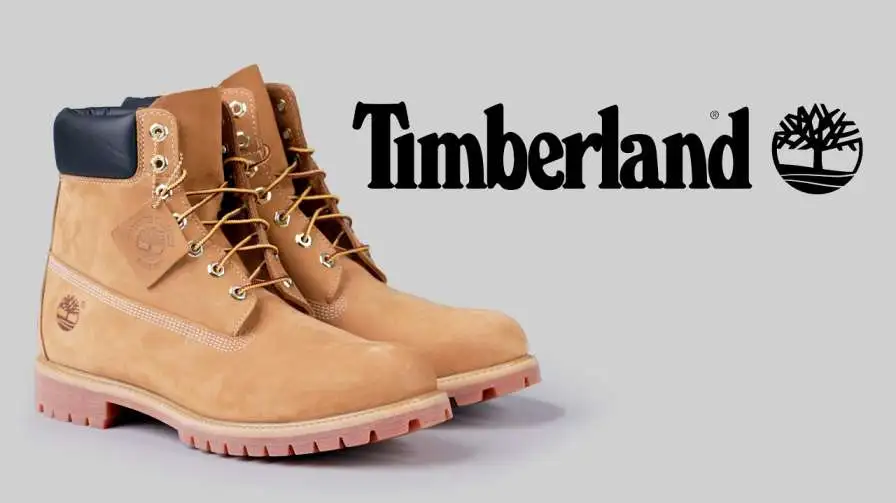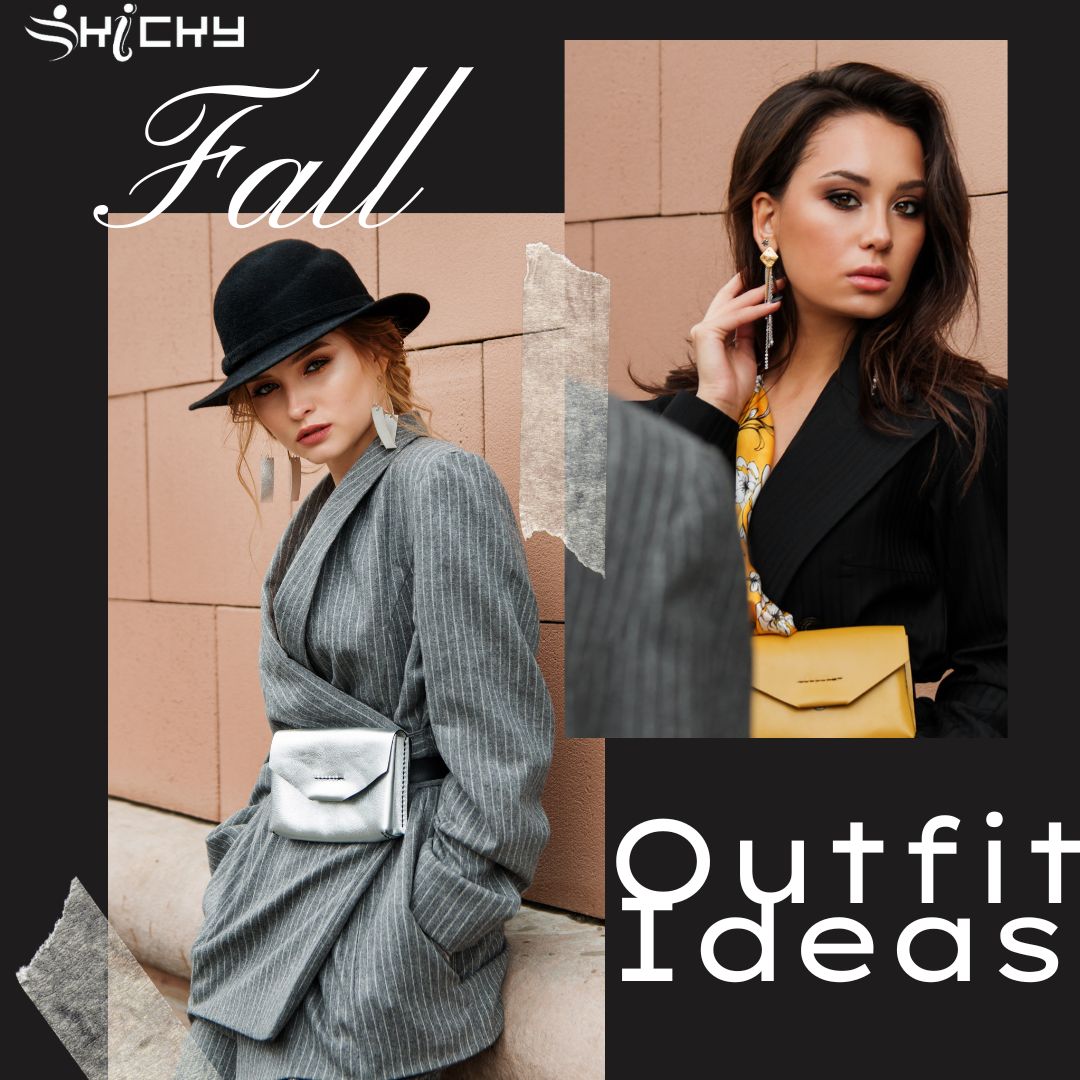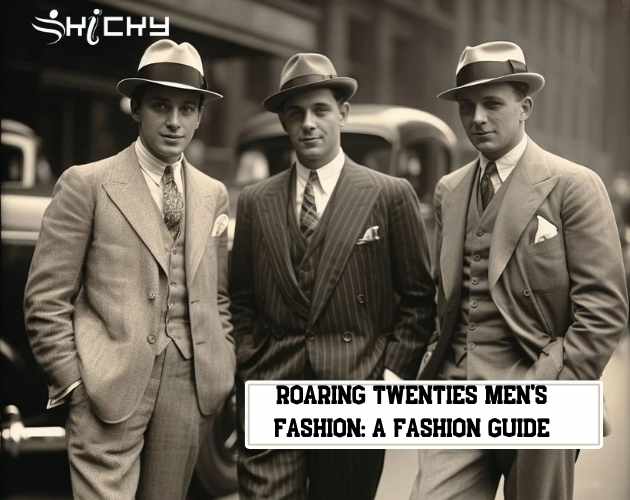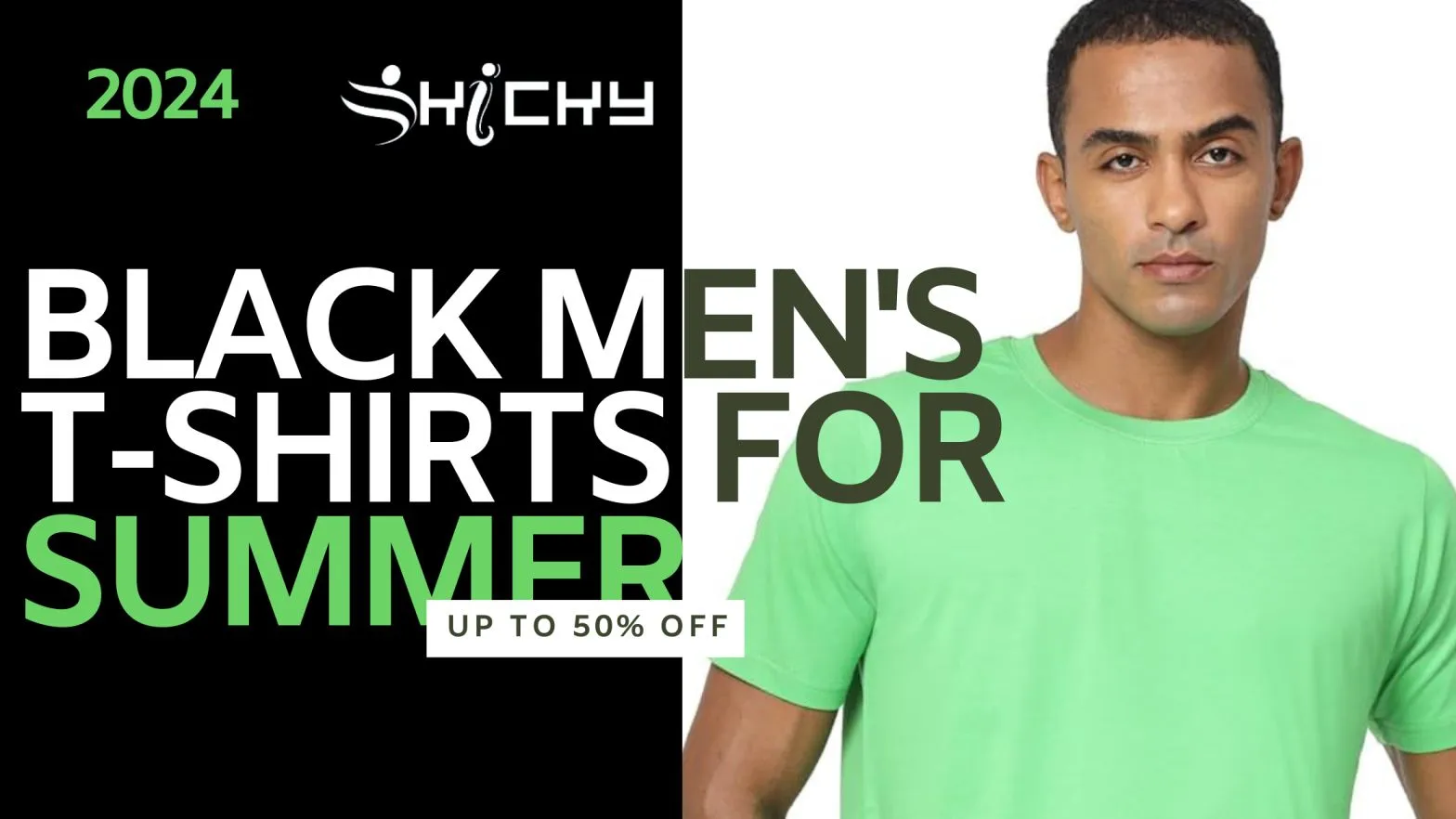Roaring Twenties Men's Fashion: A Fashion Guide
The Roaring 20s in the United States saw rapid socio-economic change. Roaring Twenties Men's Fashion reflected this evolution. The latest fashion trends were spreading in the diverse melting pot of the country, thanks to increased wealth and new freedoms. Many fashion styles established during this era are still in use today.
The 1920s laid the groundwork for both the working class and the elite to embrace fashion as a means of expressing freedom and enjoyment. Men favored a clean-cut look, with softer materials and looser fits becoming popular.
Formal attire became more practical and carefully tailored. Well-fitted suit jackets, three-piece suits, and cuffed pants with creases created a strong silhouette for men of the time.
Sportswear was introduced, including sweaters, baggy trousers, jumpers, and caps, adding to the casualness of everyday wear. People had more options to express themselves through various accessories.
Formal menswear went through a minor adjustment during this time. It included wearing a tuxedo, top hat, and leather Oxford shoes for formal evening attire. For semi-formal occasions, men had the option of wearing tweed or pinstripe suits in blue, gray, or other muted colors. Herringbone was also popular. Older men still preferred derby hats and fedoras. The 1920s were a time of style and glam, but also of refinement and practicality. Tapered trousers and slim fits became popular, influencing roaring twenties men's fashion today.
Including the 20s in your current wardrobe
These are the basic rules regarded as vital components of 1920s style if you want to replicate the iconic Roaring 20s looks from America.
Jackets
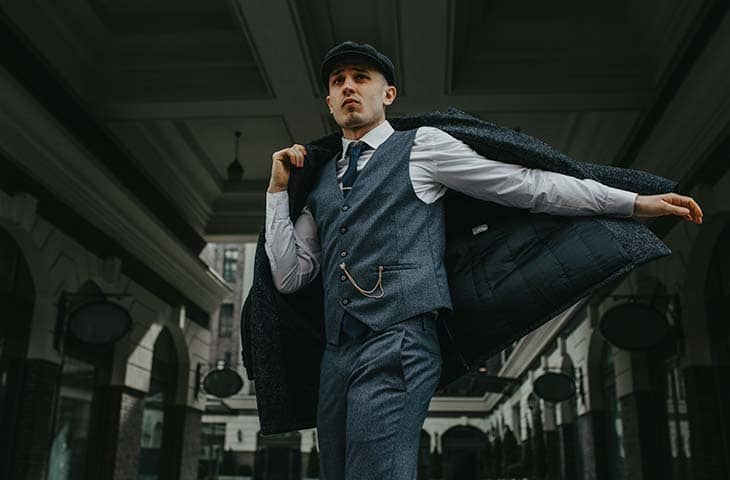
Men's 20s coats were mostly inspired by morning coats of the era and were thus trimmed to accentuate waists and a certain silhouette.
Usually double-breasted from harder materials like wool and featuring a buttoning stance of two to three buttons with the front coats sometimes chopped away and a body lined with silk via quality tailering, Even though thinner textiles have now entered the scene, the style is still the de facto one in modern menswear.
While cotton and linen materials dominated the warmer seasons, tweed remained a preferred cloth for rural attire. In the 20s, lighter fabrics first appeared across all seasons, deviating from daily standards.
Jacketing during this period, with its broader lapels and reduced buttoning stance, also set the template for the contemporary corporate suit worn today. Compare the lapel form, pockets, gorge height, and fabrics for a more modern style that avoids glossing over the minute details.
Related : Classic Men's Style Guide Essentials of Dressing Well
Shirts
Shirts were usually solid in color or with opposing vertical stripes for most of the 20s to be noticeable under waistcoats and jackets. Pastel colors had become a vogue by the end of the decade; younger men wore cotton shirts with turndown colors and single cuffs.
Though very widespread in the present day, short sleeves were nevertheless rather rare at the time; most men still rolled arms up on hotter days.
Pants
Fuller-cut, flat-front pants were the mainstay of the 20s and were typically manufactured from cotton or wool material. They were tight around the waist with broad legs, but straight, cuffed legs were the norm.
Tapered suit pants became common by the end of the decade and remain a men's staple. During this age, single pleats and side cinchers became popular; patterns and colors soon followed. It's a black, khaki and gray box, tweed and black and khaki stripes. Depending on their sense of style, men nowadays can decide whether to wear loose or tight clothes.
Vests
The 20s brought forth a new clothing code for men, as waistcoats were not required. While some men at the time chose not to wear them at all, others did, with a smaller cut and either notch lapels or no lapels.
With single-breasted waistcoats and vest pockets in the front, slim and fitting waistcoats became the trend of the day. Then, as it is today, the addition of a vest was seen as a better informal style that gave more wardrobe flexibility for a man.
Outerwear
Outerwear often than not found in darker, subdued colors, outerwear throughout the 20s was heavier and more fitting than modern apparel. Originally brown and black were the main colors for suits, but navy blue soon replaced them as a more appealing color for every man.
Overcoats, which typically extend beyond the knee, featured large lapels with silk linings, saving for more opulent designs and broad shoulders.
Read Also : Parisian men's style: Dressing Like A Parisian
Men's Accessories of the roaring twenties men's Fashion
Hats

If any menswear had a real rebirth, it was through hats, which men of all walks of life wore. While middle-class men of the day leaned toward trilby and fedora hats, the upper class favored a top hat. A man's clothing during this time consisted of headwear meant for formal and informal gatherings.
Men had a variety of colors and designs to pick from to emphasize their outfits, from newsboy and tweed caps for athletic events to bowler and trilby hats for formal gatherings.
More fashionable headpieces with ribbons or feathers would enhance them even more and provide an elegant and classy touch to a garment. Men today have an even wider range of choices for headwear.
Pocket squares
Designed to accentuate a men's suit, silk or linen pocket squares add a flash of color to clothing and a bit of sophistication. Perfectly folded and a must-have for elegant clothing, pocket squares matched the tie, hat band, or shirt color.
Watches
Originally starting their rule in the timepiece industry in the 1920s, the luxury brands of today started their journey with troops favoring the accessory for its utility. Luxury watches for the elite soon became in great demand, and Rolex and comparable premium stores built upon their classic lines by manufacturing the first wristwatch made of precious metals.
Concurrently, more affordable watches for the average man evolved and became ingrained in popular culture.
Eyewear
During the 20s, round spectacles and horn-rimmed glasses that perched on the bridge of the nose were fashionable accessories for eyewear, which were seen as upscale.
During this time, eyewear companies expanded their lines to include circular and octagonal glasses, as well as sportier models with larger frames and subdued or tortoiseshell hues.
Ties
Previously heavy, poorly made, and terribly wrinkled, ties—which had compromised a man's attempts at a polished appearance—saw the most drastic change in menswear. With additional alternatives available to males, including plaids, horizontal stripes, and solid colors in a variety of hues, ties became increasingly an essential accessory during the 1920s.
With most ties from this era made from silk or knit wool, bow ties—which allowed more freedom of expression—were also brought into the mix. During this time, Windsor knots and underwear were worn with scarf ties fashioned of rayon or silk. Many men also wore collar pins and clips to vary their appearance.
Must Read : Old money men's style: men casual, mens fashion
A Man's Rights Regarding Shoes in the 1920s
Men's shoe wear changed drastically in the 20s, when the Oxford shoe gained popularity in the United States and dominated other designs like tasseled loafers, wingtip shoes, patent leather shoes, work boots, sports shoes, and winter boots.
Most shoes are made entirely of leather or a mixture of leather, including canvas. While black, brown and white were common, the 1920s also featured two-tone colors; Wingtips offer an alternative to classic leather shoes.
Men's formal dress for the 20s

Often referred to as The Roaring 20s, menswear during the decade started a radical journey towards less conservative styling to a less formal look directly impacted by various reasons, primarily the World War, jazz, and the melting pot beginning to develop across America.
During this period, most men—from all walks of life—wore suits during the day and well into the night, wearing more exact variations for specific events.
Men in their 20s attended formal gatherings that mandated either a black or dark navy suit or tuxedo. During this age, tailcoats for tuxedos had a tailed at the rear and formal three-piece suits meant for increased comfort and flexibility.
Tuxedos or suits, often accompanied by a matching top hat, included white ties for formal gatherings and black ties growing in popularity.
1920 casual menswear
With younger men choosing softer collars or even no collars at all, as seen on Henley shirts, unbuttoned shirts with brighter colors and stripes started to appear around this period.
The Jazz Age, which marked the first time men could relax their dress codes and play up their fashion by combining tailored separates to complement their own sense of style, also arrived in the 20s.
More males were thus spotted donning high-waisted, pleated pants in a diverse spectrum of colors, from dark purple and scarlet to dark green suit coats. For the more daring men of the day, corduroy and flannel knits were popular choices.
The Butterfly Effect of 1920s Fashion on Contemporary Menswear
Men's 1920s fashion had a major influence on the evolution of modern designs and still shapes present fashion trends in several different ways. Modern casual fashion, best shown by the popularity of polo shirts, chinos, and loafers, sprang from the emphasis on comfort and casual clothing during that age.
With the extra consideration of slim-fit and tailored alternatives reflecting modern variations for individuals wishing a wider range of designs for their wardrobe, the relaxed silhouette established in the 1920s was a game-changer in menswear and a major impact of modern suits.
With the advent of athletics and leisurewear, the 1920s also saw a change toward more informal attire. This covered sweaters, baggy jeans, jumpers, caps, and a vast array of accessories that let people communicate who they are through their clothes. Different accessories that are still in use now also first surfaced in the 1920s. Certainly, 1920s fashion ran so that men in the contemporary period may fly in every direction of men's style in assurance.

